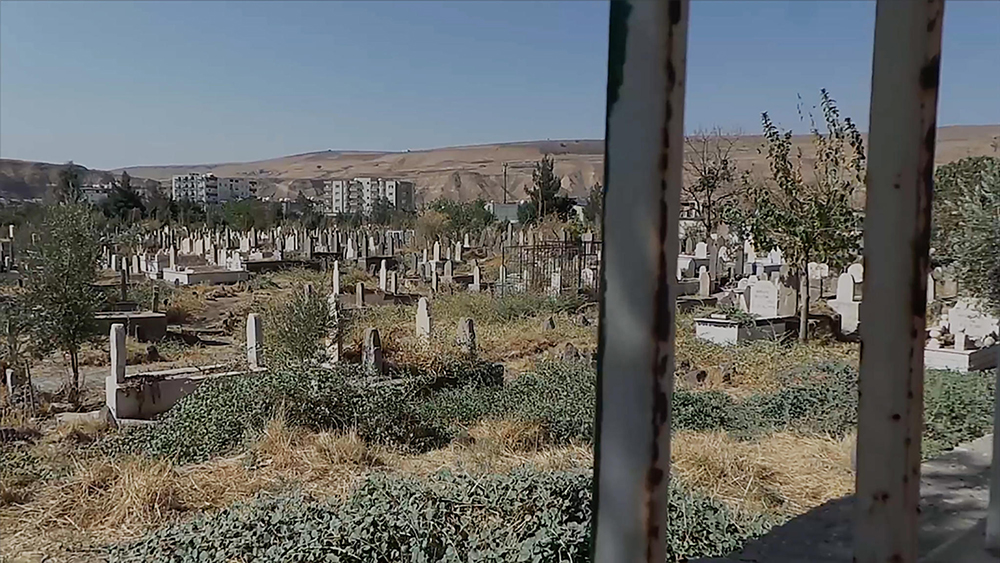13: belit sağ, Anna Dasović, Stefan Kruse Jørgensen
In the presence of Anna Dasović
Courtisane is een platform voor film en audiovisuele kunsten. In de vorm van een jaarlijks festival, filmvertoningen, gesprekken en publicaties onderzoeken we de relaties tussen beeld en wereld, esthetiek en politiek, experiment en engagement.
Courtisane is a platform for film and audiovisual arts. Through a yearly festival, film screenings, talks and publications, we research the relations between image and world, aesthetics and politics, experiment and engagement.
In the presence of Anna Dasović

The latest in an ongoing series of works by belit sağ addressing police and military violence committed against Kurdish people in the south east of Turkey. What remains is constructed from images that sağ shot and gathered during 2015 and 2016 in Cizre, a primarily Kurdish town, as well as found footage from all over Turkey from the same period. A focus of the work is the artist’s footage of collective Kurdish mourning practices, and looking at how images of the dead are used in these practices. sağ approaches her subject both philosophically and emotionally, and is driven to find a way of making work that is theoretically rigorous and morally and ethically compassionate.

On 11 July 2015, Dasović attended the burial of 136 people that were killed during the genocide that took place around Srebrenica, Eastern Bosnia, in July 1995. Their remains were excavated in the preceding year from mass grave sites in the area. It is the only annually televised mass funeral in the world. So, on behalf of my country and out of the bottom of my heart brings media images and found mobile phone footage together with footage from Dasović’s own phone of the 20th anniversary of the genocide. It traces the movements of Bill Clinton and then Serbian Prime minister Aleksander Vučić in a scene that simmers with unresolved antagonism. The film vividly renders visible that relatives who attend these burial assemblies are left with no outlet for their grief.

In the summer of 2015, Europe experienced the highest influx of refugees since the Second World War. By following a fictional group of refugees across Europe, The Migrating Image questions the overproduction of images surrounding real-life tragedies and deaths: military recordings, drone photographs, a 360° camera or satellite photographs — each stage of the horrendous trip is represented by a different image regime. By offering a seemingly objective and cold analysis of these images, Kruse delivers a biting critique.